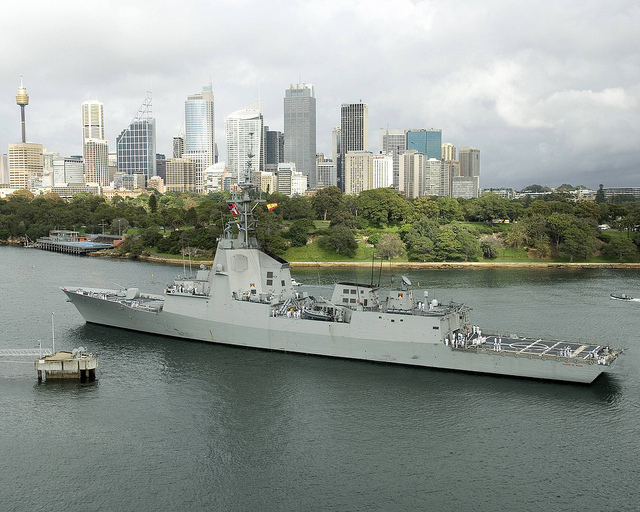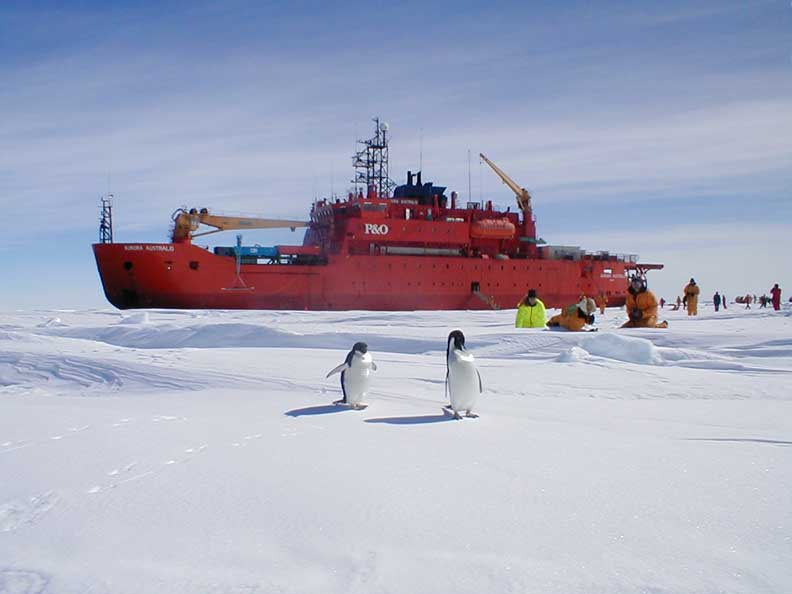Africa and the Defence White Paper
 For the first time, the most recent Defence White paper contained multiple references to Africa, illustrating Australia’s growing interest and engagement with the continent. Australia is playing an active role in making Africa more secure and stable through participation in peacekeeping missions and counter-terrorism activities. Australia’s economic interests are focused on resources in Africa, and there are an increasing number of Australian companies and personnel operating there. The growth in Indo-Pacific maritime trade routes is apparent and Australia has a strong interest in ensuring their stability.
For the first time, the most recent Defence White paper contained multiple references to Africa, illustrating Australia’s growing interest and engagement with the continent. Australia is playing an active role in making Africa more secure and stable through participation in peacekeeping missions and counter-terrorism activities. Australia’s economic interests are focused on resources in Africa, and there are an increasing number of Australian companies and personnel operating there. The growth in Indo-Pacific maritime trade routes is apparent and Australia has a strong interest in ensuring their stability.
The inclusion of Africa in the White Paper shows that the continent is on the adgenda, and highlights the recognition amongst Australia’s leading policy makers that it needs to be given serious consideration within defence policy. This is also consistent with Australia’s position on the UN Security Council for two years, which will bring a heightened focus on Africa—a large percentage (well over 50%) of the Council’s work is on Africa.
The White Paper states that the Indian Ocean is becoming the ‘world’s busiest trade corridor’. ‘One-third of the world’s bulk cargo and around two-thirds of global oil shipments’ travel through it. It’s vitally important for Australia to keep the Indian Ocean waterways secure and stable, and this involves engaging with African states and understanding the nuances of politics and security on the African continent. Read more








